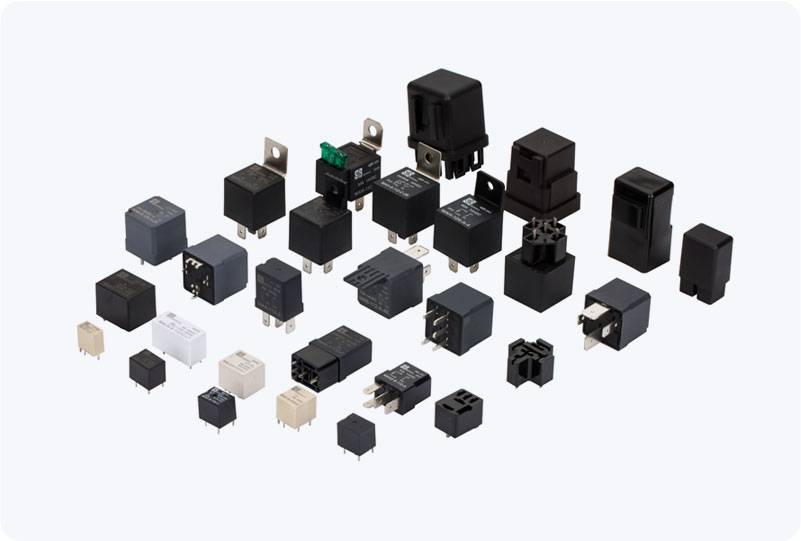A 220VAC power relay is a crucial component used in various electrical systems to control high-voltage AC circuits. These relays are designed to allow low-voltage signals to control devices that operate on a higher voltage, making them an essential part of automation, industrial control systems, and home appliances. In this article, we will explore the function, applications, and benefits of 220VAC power relays, offering insight into how they work and why they are an important part of modern electrical systems.

What is a 220VAC Power Relay? A 220VAC power relay is an electrically operated switch that opens or closes a circuit when triggered by a low-voltage control signal. The 220VAC part refers to the type of alternating current (AC) voltage the relay is designed to handle. In the case of a 220VAC relay, the device can safely control electrical circuits that carry 220V AC power, which is common in residential and industrial applications across various regions. Relays are typically made up of an electromagnet, a spring-loaded armature, and a set of contacts. When a low-voltage control signal is applied to the